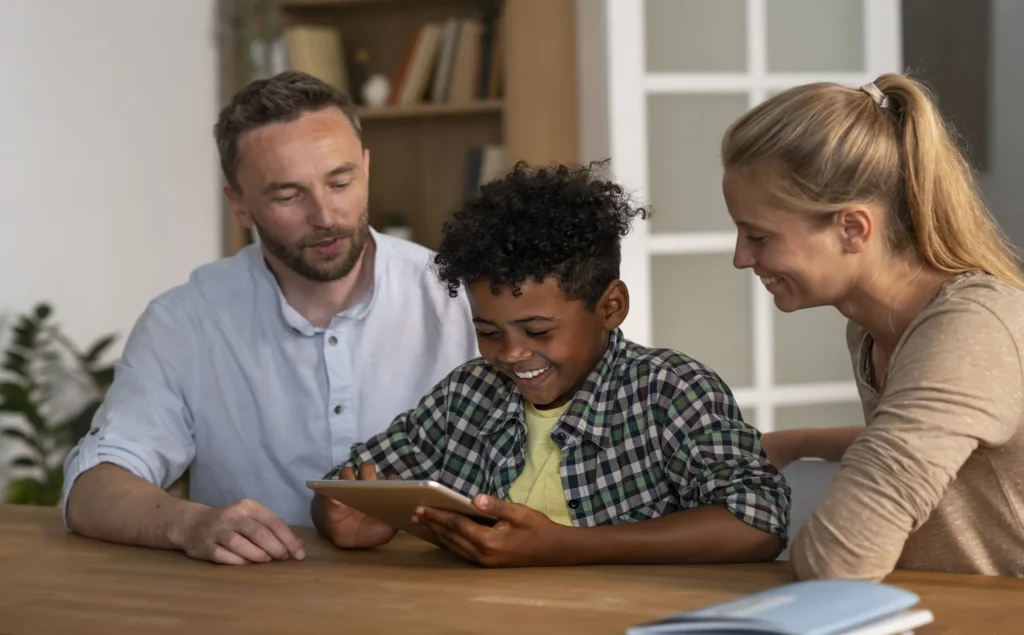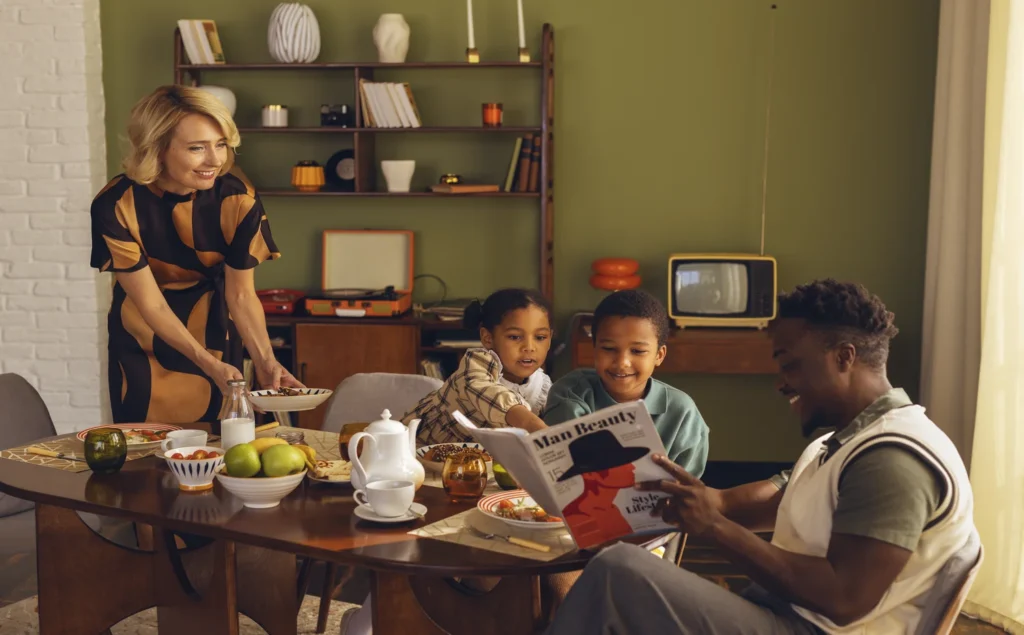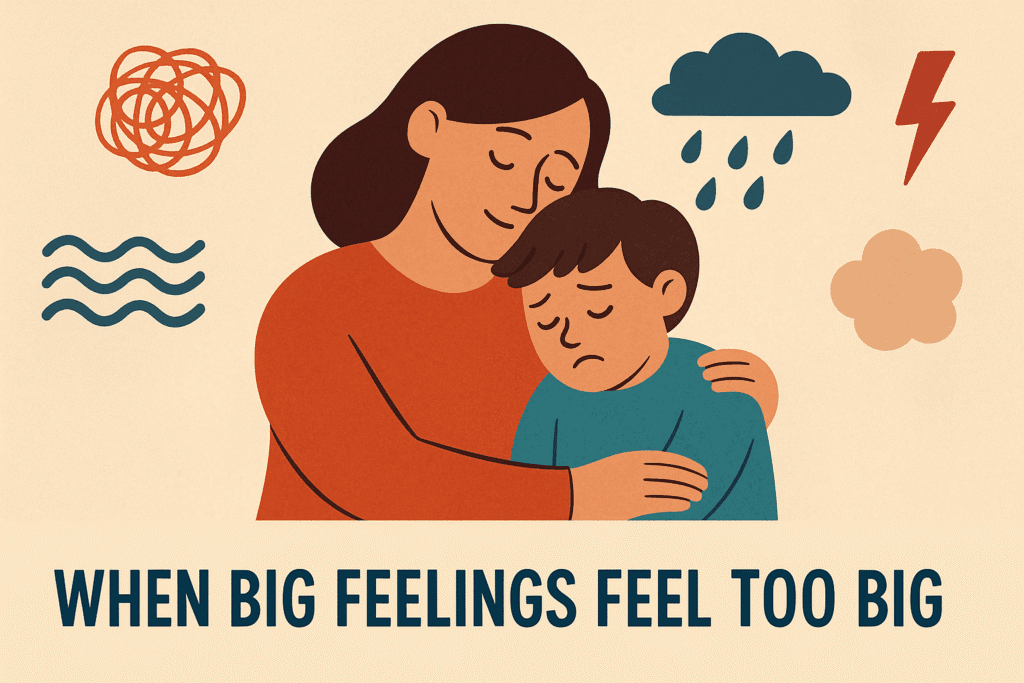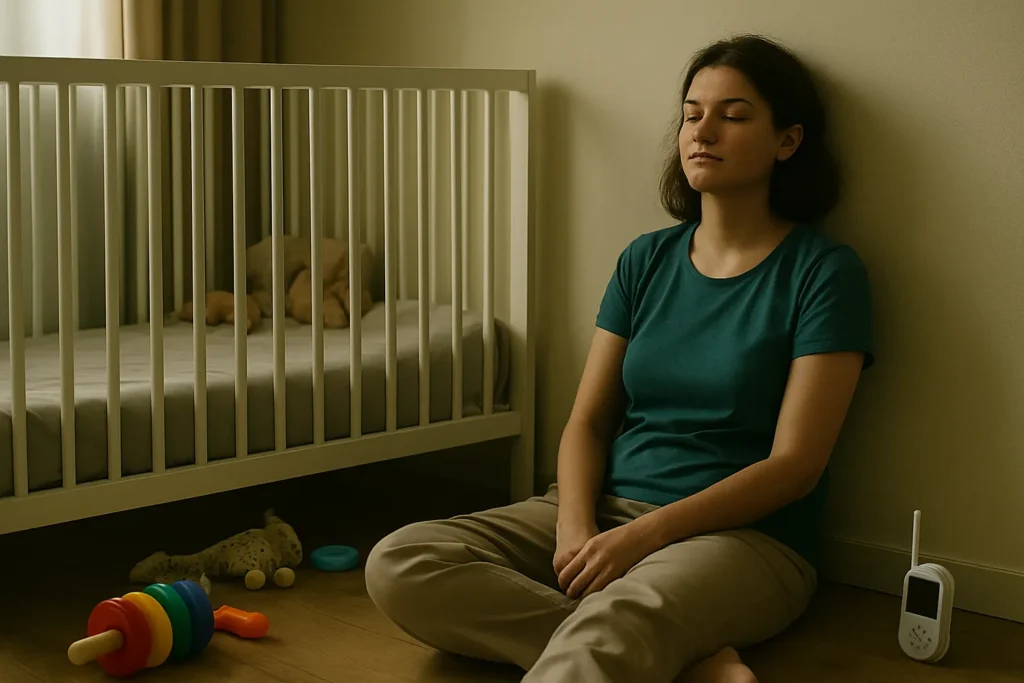Table of Contents
Introduction: Why Emotional Intelligence Is the Skill Our Kids Need Most

Let’s be honest—navigating childhood isn’t what it used to be. Kids today are dealing with more pressure, stimulation, and emotional complexity than ever before. And as parents, we want to do more than just help them cope—we want to give them the tools to truly thrive.
That’s where emotional intelligence comes in.
Raising emotionally intelligent kids means helping them understand what’s going on inside, so they can respond thoughtfully—not react impulsively. It’s not about shielding them from hard feelings. It’s about giving them the language, the space, and the confidence to process life as it comes.
What Exactly Is Emotional Intelligence in Children?
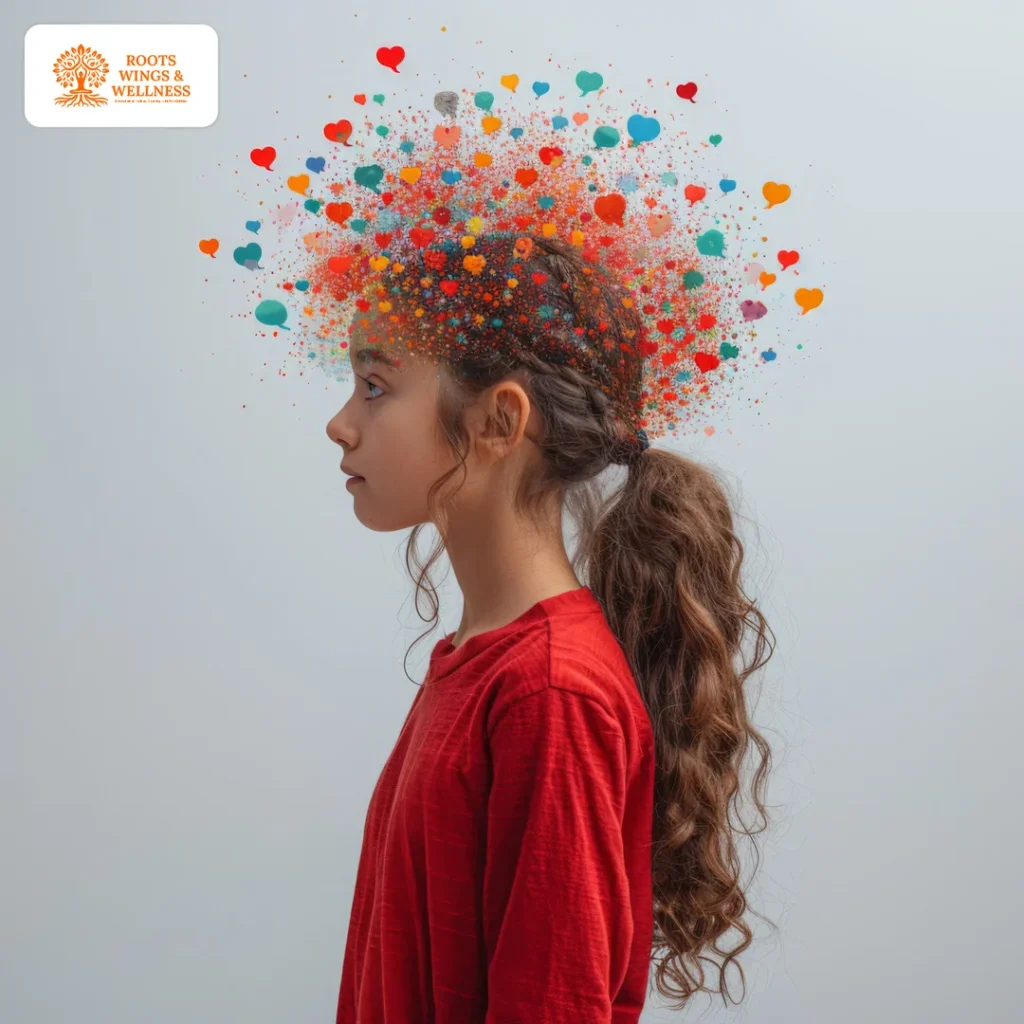
You’ve probably heard the term tossed around in parenting books or teacher conferences. But what does emotional intelligence in children really mean?
At its heart, it’s the ability to:
- Recognize their own emotions (like saying “I feel sad” instead of just melting down)
- Understand how feelings affect thoughts and actions
- Regulate those emotions—without letting them take over
- Recognize what others are feeling (hello, empathy!)
- Communicate and problem-solve with emotional awareness
Think about it—these are the same qualities we value in emotionally healthy adults. So why wait to teach them?
Why Raising Emotionally Intelligent Kids Matters So Much
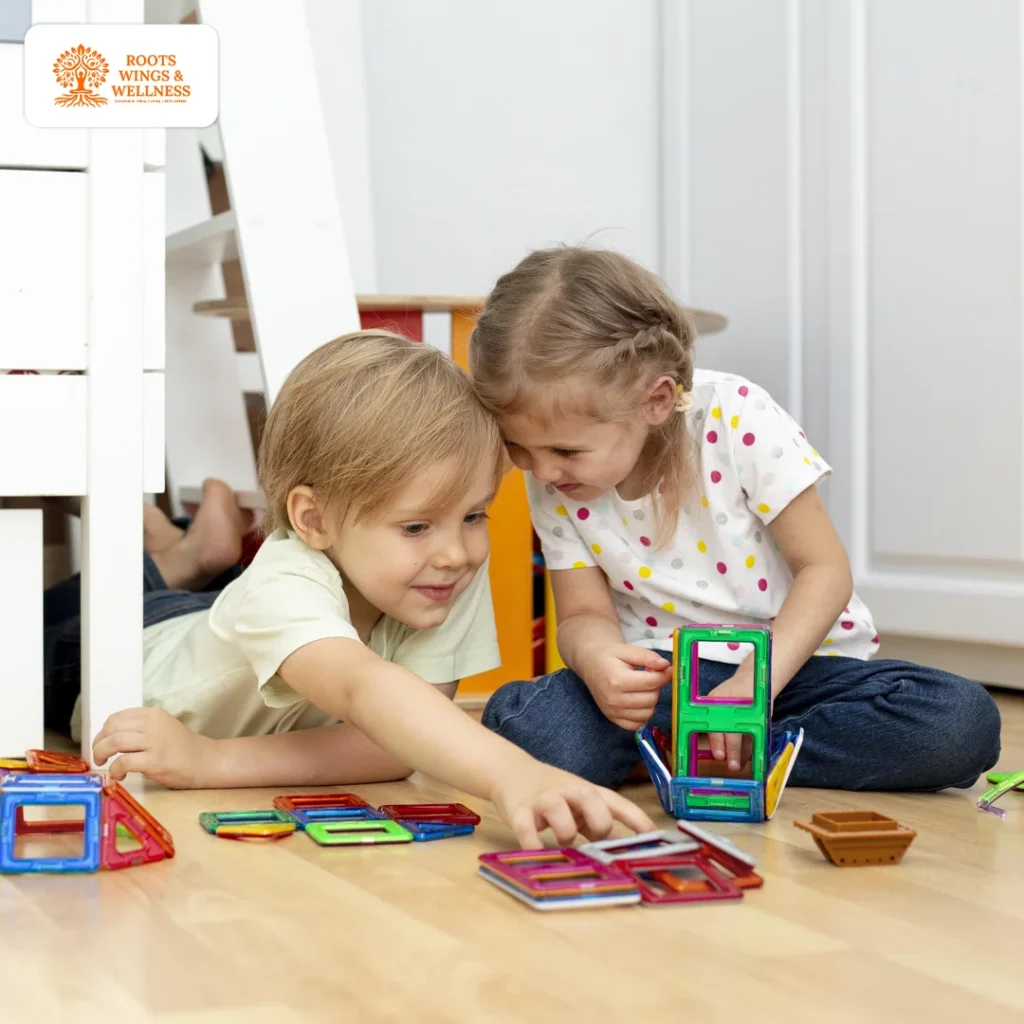
Here’s something I’ve noticed (and maybe you have too): kids who are emotionally aware tend to bounce back faster from disappointments, make deeper friendships, and handle changes with more grace.
Here’s why it matters:
✅ Better Relationships
Kids who understand emotions—both theirs and others’—tend to be kinder, more patient, and better at resolving conflicts.
✅ Healthier Coping Skills
Instead of shutting down or lashing out, emotionally intelligent kids learn how to ride the wave of feelings. That’s a lifelong skill.
✅ Improved Focus & Academics
Research shows that when kids manage stress well, their ability to concentrate and perform in school actually improves.
✅ More Resilience
Rather than fearing failure, these kids see it as a chance to grow. That mindset? It’s golden.
✅ Stronger Communication
They know how to ask for help, express needs clearly, and listen with empathy—skills that will serve them well into adulthood.
How Parents Can Support Emotional Development Every Day

You don’t need a psychology degree or a shelf full of parenting books to do this. You just need a few steady habits, a little patience, and a whole lot of heart.
1. Help Kids Name Their Feelings
Ever seen your child angry but they insist they’re “fine”? Yep, been there. One of the simplest ways of teaching kids emotional awareness is giving them the words they might not yet have.
You could say:
“It seems like you’re feeling disappointed because your playdate was canceled. Is that right?”
That small moment of recognition helps them feel seen—and builds emotional vocabulary, step by step.
2. Introduce Emotional Regulation Techniques (That Don’t Feel Like a Lecture)
When emotions get big, kids need options—not punishment.
Try this:
- Balloon breath: “Let’s pretend we’re blowing up a big balloon. Ready? Breathe in… now sloooowly blow it out.”
- Feelings corner: A calm space with soft cushions, drawing supplies, and fidget toys for emotional cool-downs.
- Name it to tame it: Say, “You seem really frustrated. Want to talk about it or take a break first?”
Simple, visual emotional regulation techniques for kids like these can turn a tantrum into a teachable moment.
3. Make Empathy a Daily Conversation
I’ve found that one of the most natural ways to build empathy is to ask curiosity-based questions:
“How do you think your friend felt when you didn’t share?”
“What would you want someone to do if you were in their shoes?”
These questions don’t judge—they gently stretch your child’s heart.
Reading stories helps too. Pause mid-book and ask how the character might be feeling. Or let your child comfort someone else—siblings, pets, even stuffed animals. That’s empathy in motion.
4. Model the Behavior You Hope to See
This part is humbling. Because, if I’m honest, my kids don’t always do what I say… but they absolutely copy what I do.
So when I say things like:
- “I’m feeling really overwhelmed right now, so I’m going to step outside and take a few breaths.”
- Or, “I got frustrated earlier, and I wish I had used kinder words. I’m sorry.”
They learn that adults get emotional too—and we can repair, regulate, and try again.
That’s one of the most powerful lessons we can give them.
5. Encourage Problem-Solving and Emotional Independence
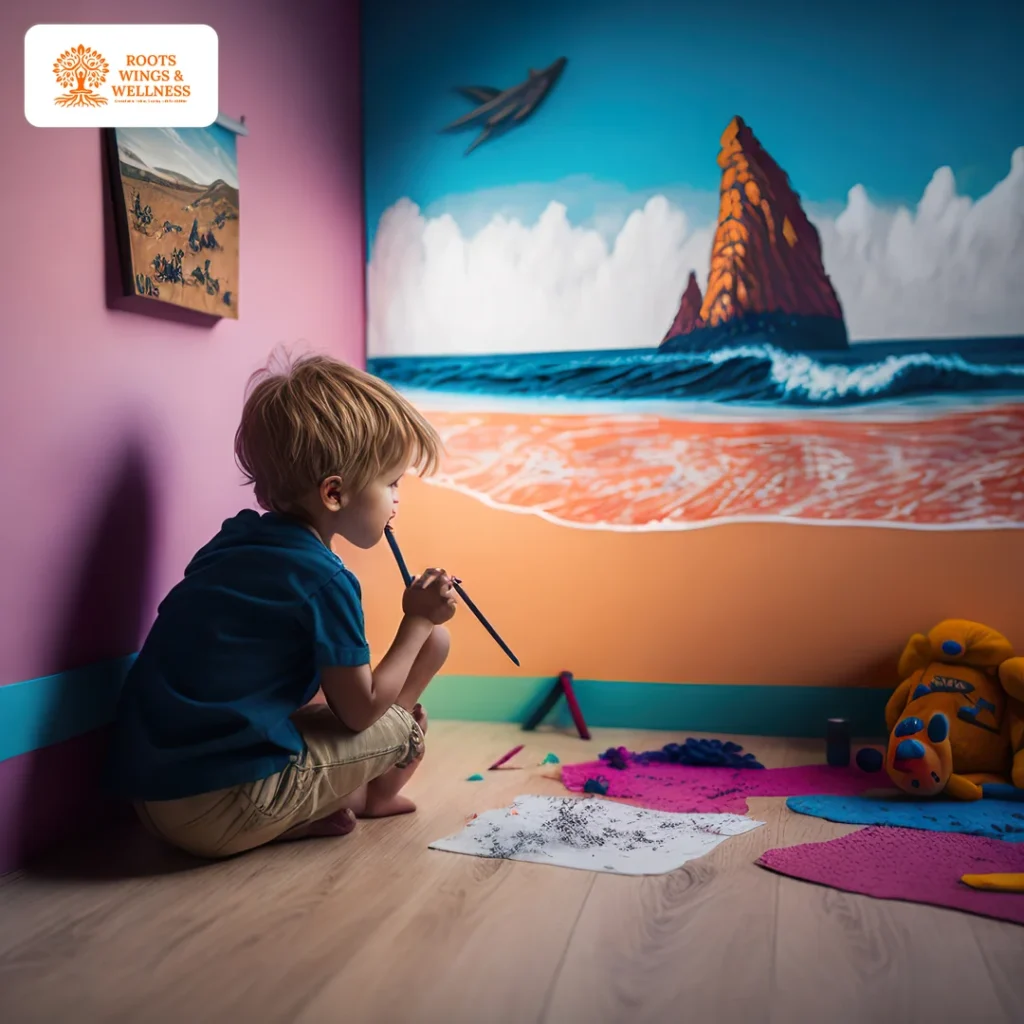
Instead of always stepping in, try guiding your child toward their own solutions.
“What do you think might help you feel better right now?”
“What’s one thing we can do to make this situation easier next time?”
It might feel slower in the moment, but long-term? You’re building self-trust—and that’s what building resilience in children really looks like.
Practical Tools to Teach Kids Emotional Awareness
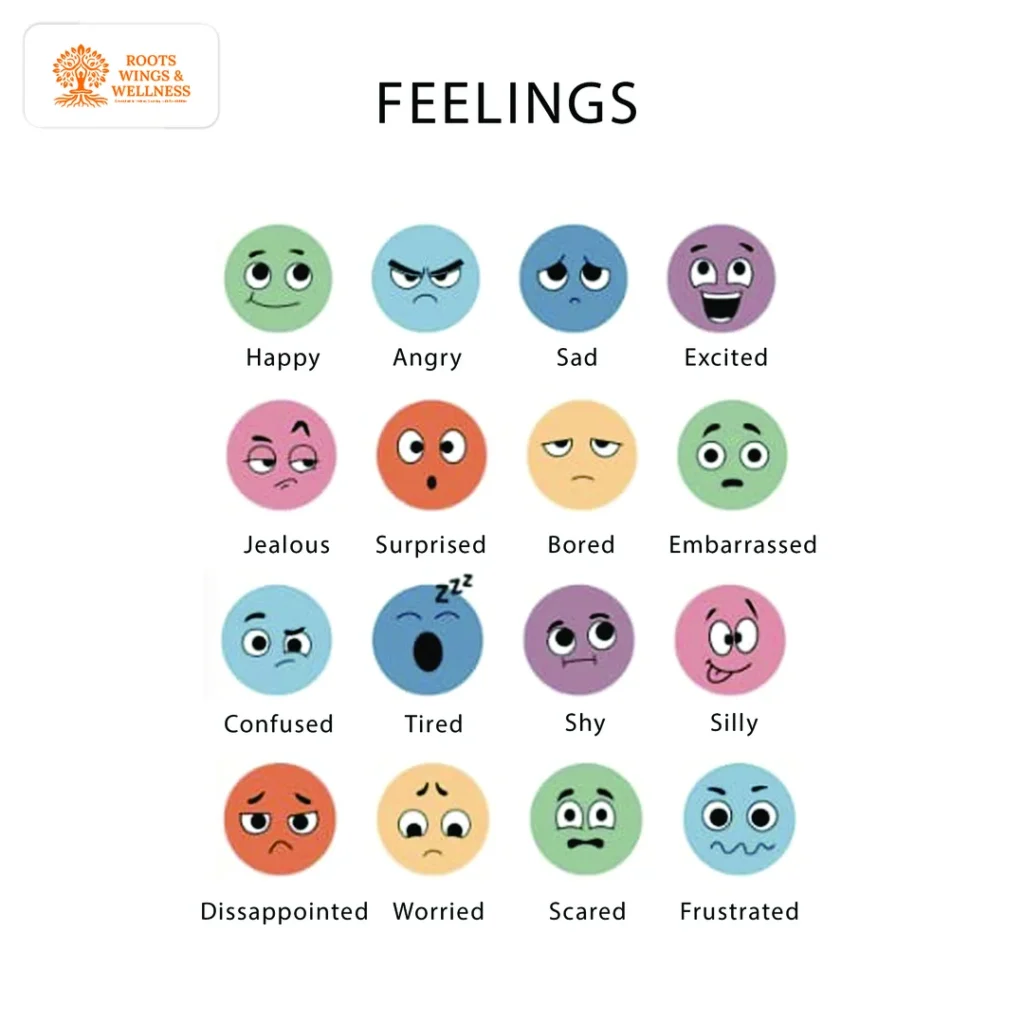
Here are some small, doable practices that work well across different ages:
✅ Use a Feelings Chart
Visuals are super helpful, especially for younger kids. You can create a chart with faces showing happy, angry, sad, proud, etc., and check in:
“Point to how you’re feeling today.”
✅ Art and Play for Expression
Sometimes words fail. Drawing, play-dough, and even building blocks give kids a way to show how they’re feeling. You might be surprised what comes out.
✅ Books That Explore Feelings
Look for stories where characters face challenges, make mistakes, or show empathy. Talk through the story afterward. Ask:
“Did you ever feel like that? What would you do?”
These moments layer understanding in a non-preachy way.
Helping Kids Regulate Emotions (Especially the Big Ones)
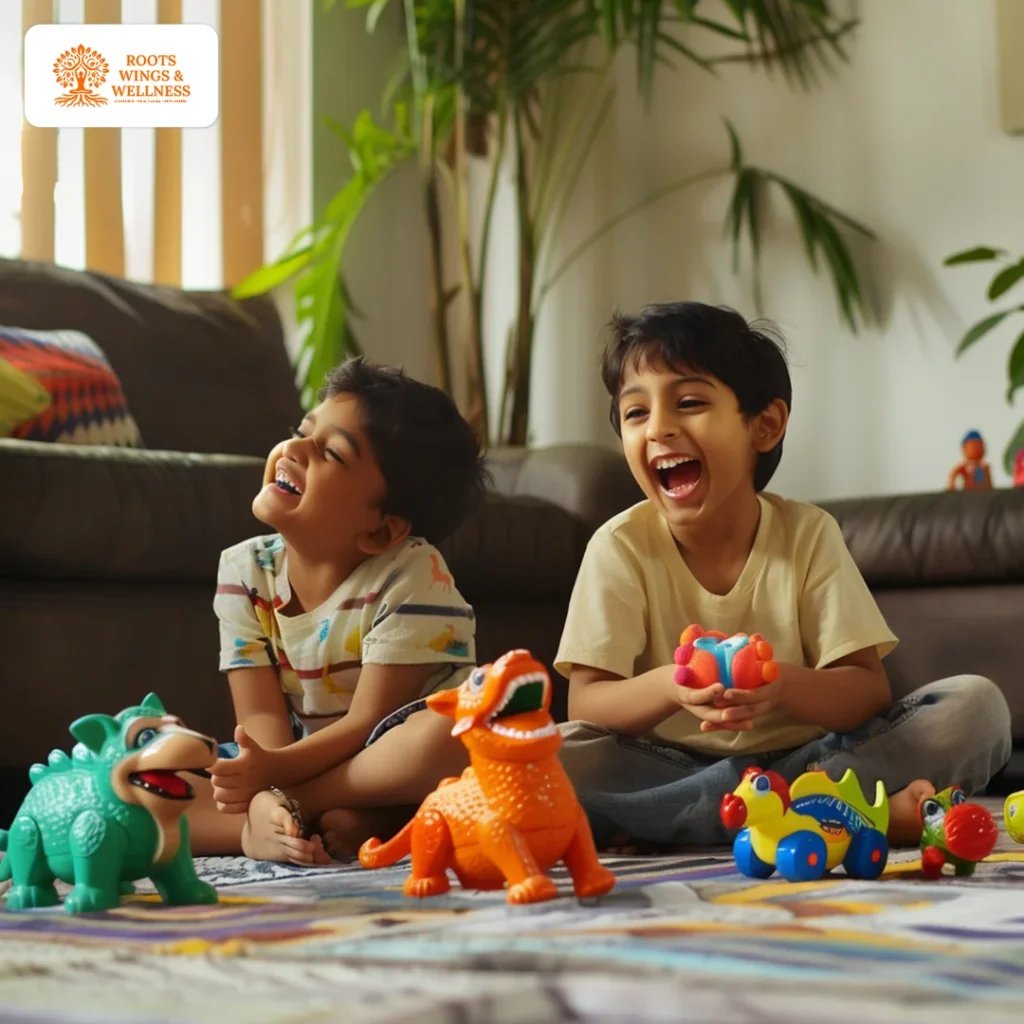
Every child needs tools for emotional regulation—especially when things get overwhelming.
Here’s what’s helped us:
- Safe physical release: Jumping on a mini-trampoline, squeezing a pillow, dancing it out—anything to release pent-up energy.
- Scheduled decompression: Quiet time after school before diving into homework or chores.
- Talking about feelings after the storm: Not during the meltdown—after. That’s when kids are open to reflecting.
And remember, regulation doesn’t mean bottling up. It means recognizing what you feel, and finding a way through it that’s not hurtful to yourself or others.
Building Resilience: Letting Them Fall (and Stand Again)

This one’s tough. Because no one wants to see their child struggle. But if we jump in to fix everything, they never learn they can survive hard things.
Instead:
- Normalize mistakes.
“Everyone messes up. It’s how we learn.”
- Focus on effort, not outcome.
“I saw how hard you tried—that matters more than the result.”
- Stay beside them without rushing to solve.
“I’m here. Let’s figure it out together if you want.”
That’s how we raise emotionally intelligent kids who aren’t afraid to try, fall, and try again.
Final Thoughts: Raising Emotionally Intelligent Kids Isn’t About Perfection—It’s About Connection

If you’ve read this far, chances are you care deeply about raising thoughtful, resilient, kind-hearted humans. And that’s the real work—not getting every parenting moment “right,” but showing up with presence and love.
Emotional intelligence grows in those little everyday moments—when you pause to breathe with your child, when you talk through feelings after a tough day, when you repair after snapping.
So take a breath. Keep showing up. And remember: you’re already planting seeds of emotional awareness, empathy, and resilience that will carry your child far.
Check out our insightful articles on family and parenting at Roots, Wings & Wellness.
FAQs: What Real Parents Ask About Raising Emotionally Intelligent Kids
Not really. It’s not like flipping a switch. You kind of ease into it, like most things in parenting. Even before they can speak in full sentences, little ones are feeling all sorts of emotions—they just don’t know what to call them yet. I remember when my toddler burst into tears because her sandwich was cut “the wrong way.” That wasn’t about the sandwich. That was frustration, maybe disappointment. It’s those everyday moments where you can say something like, “That was upsetting, huh?” And little by little, the words start sticking.
It’s probably not what you’d expect. It’s not about sitting your kid down and saying, “Let’s talk about emotional regulation now.” It’s way more casual. It happens in the car after school, or when they’re mad their LEGO tower collapsed and you say, “Ugh, that’s frustrating—I’d feel the same way.” Or when you apologize for losing your cool and talk through what you could do differently next time. Those are the real teaching moments. They just don’t come with a big sign.
It can. It really can. But it’s not magic, and definitely not instant. When emotions hit hard, some kids go zero to meltdown in seconds. That doesn’t mean you’re failing—it means they need help figuring out what to do with those big feelings. Things like breath games, calm corners, or even a simple squeeze ball can help. We once made a cozy “reset nook” with a beanbag and a few quiet toys. Some days it worked like a charm. Other days… not so much. But over time, it got easier—for both of us.
Yeah, been there. Kids tend to tune out lectures, especially if they smell a life lesson coming. What I’ve found works better is asking questions that spark curiosity: “What do you think your friend felt when that happened?” or “If it were you, how would that feel?” It opens up conversation instead of closing it down. Also—don’t underestimate the power of storybooks. Some of the best talks we’ve had started with, “Why do you think that character acted that way?”
It’s all about how you show up. You’re not walking away—you’re walking with them. It’s the difference between saying, “I’ll fix it,” and “Let’s figure it out together.” The goal isn’t to protect them from ever falling, but to help them realize they can stand back up. Even when they mess up, knowing you’re still there, calm and steady, makes all the difference. That’s what building resilience in children really looks like. It’s not tough love. It’s love that trusts.
Yes—one hundred percent, yes. If that question is even on your mind, it means you’re already breaking the cycle. You don’t need to have it all figured out. You can learn with your child. Be honest when you’re having a hard day. Let them see you apologize. Let them hear you say, “I’m working on this too.” That kind of honesty doesn’t make you less of a parent—it makes you the kind they’ll come to when life gets real.



